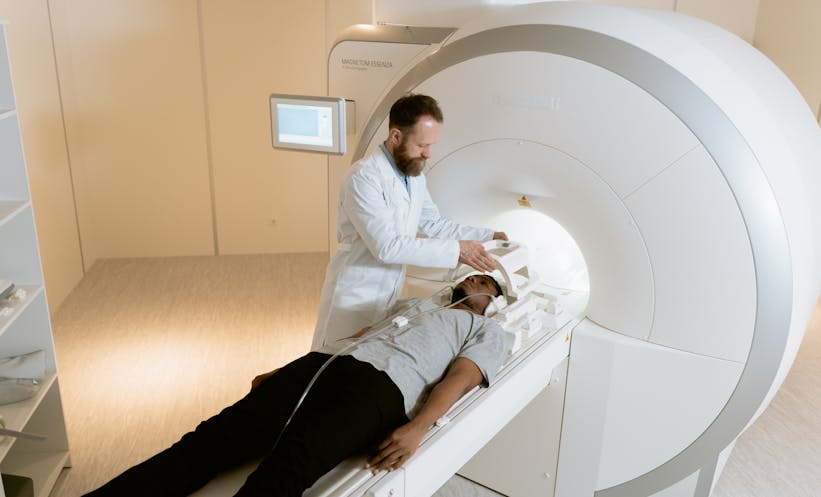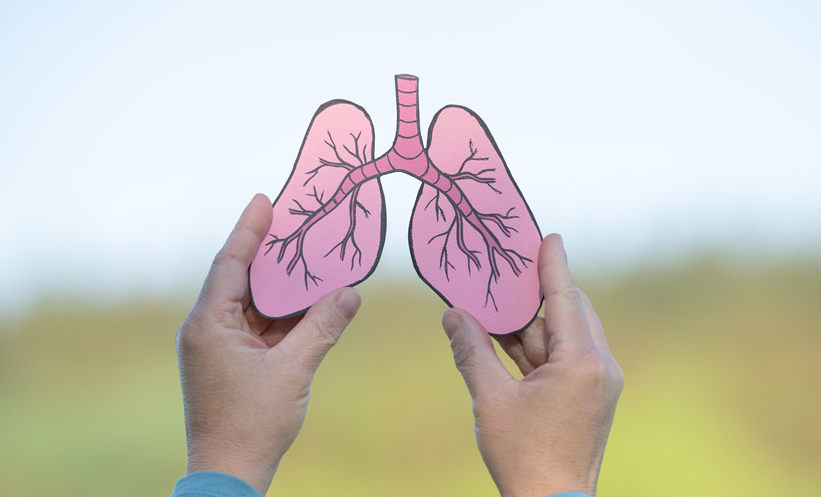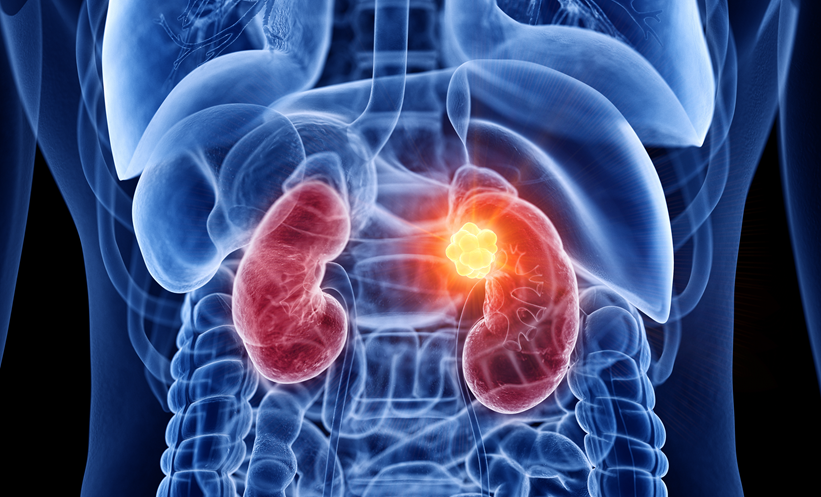EMERGENCY head CT scans can reveal previously unknown strokes offer clinicians a significant opportunity to prevent future strokes, according to recently published research. The study highlighted that identifying undiagnosed strokes through routine imaging could reduce the risk of recurrent strokes by up to 80%. “Drawing attention to incidentally identified unknown strokes on head CT represents an untapped opportunity to implement secondary prevention,” the authors commented.
The team explained that old strokes, often undiagnosed, appear on imaging as brain softening, known as encephalomalacia. These findings are frequently incidental, as the imaging may have been conducted for unrelated reasons.
The research analysed 21,985 head CT scans performed in emergency departments across three facilities between July and December 2023. Of these, 4% (869 scans) showed evidence of old strokes, and 43% (372 scans) revealed strokes previously unknown to both patients and their clinicians.
The study also outlined key characteristics of these undiagnosed strokes, which were more likely in older individuals (odds ratio [OR] = 1.03), single-site strokes (OR = 2.7), smaller strokes (OR = 1.8), strokes located in the gangliocapsular region (OR = 2.8) or cerebellum (OR = 2.1).
The findings suggest that leveraging incidental imaging findings for opportunistic screening could transform population health. “More than a third of old strokes on head CT imaging are unknown to patients and clinicians,” the team noted.
The potential impact is substantial: identifying such strokes and implementing preventive measures could benefit an estimated 100,000 to 200,000 people annually in the United States alone, based on emergency department trends.
By recognising the significance of these incidental discoveries, clinicians could use routine imaging to not only treat current conditions but also mitigate future health risks for patients.
Reference
Kenny-Howell CL et al. Incidental detection of previously unknown strokes on head CT examinations: an untapped opportunity for secondary prevention. J Am Col Radiol. 2024;DOI:10.1016/j.jacr.2024.11.010.








